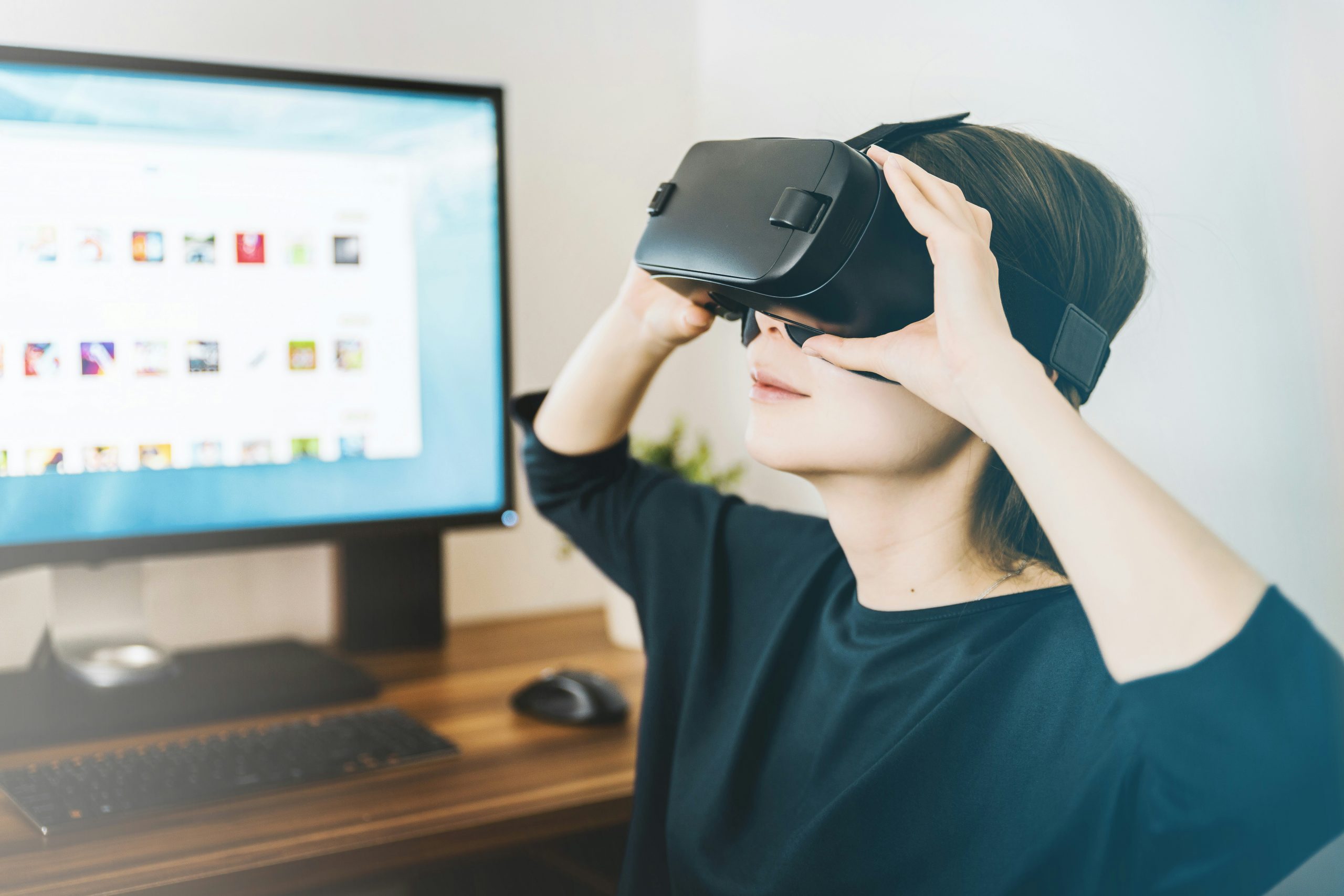Αξιοποίηση στη εξΑΕ
Οδηγός περαιτέρω μελέτης
- Durak, G., & Çankaya, S. (2018b). The current state of the art in learning spaces: A systematic review study. International Journal of Emerging Technologies in Learning (IJET), 13(11), 208. https://doi.org/10.3991/ijet.v13i11.9247
- Dickey, R., Srikishen, N., Lipshultz, L., Spiess, P., Carrion, R., & Hakky, T. (2016). Augmented reality assisted surgery: a urologic training tool. Asian Journal of Andrology, 18(5), 732. https://doi.org/10.4103/1008-682X.166436
- Akçayır, M., & Akçayır, G. (2017). Advantages and challenges associated with augmented reality for education: A systematic review of the literature. Educational Research Review, 20, 1–11. https://doi.org/10.1016/j.edurev.2016.11.002
- Kustandi, C., Fadhillah, D., Situmorang, R., Prawiladilaga, D. & Hartati, S. (2020). VR Use in Online Learning for Higher Education in Indonesia. International Association of Online Engineering. Retrieved June 16, 2024 from https://www.learntechlib.org/p/216501/.
- Wilson, C. J., & Soranzo, A. (2015). The use of virtual reality in psychology: A case study in visual perception. Computational and mathematical methods in medicine, 2015(1), 151702. https://onlinelibrary.wiley.com/doi/full/10.1155/2015/151702


